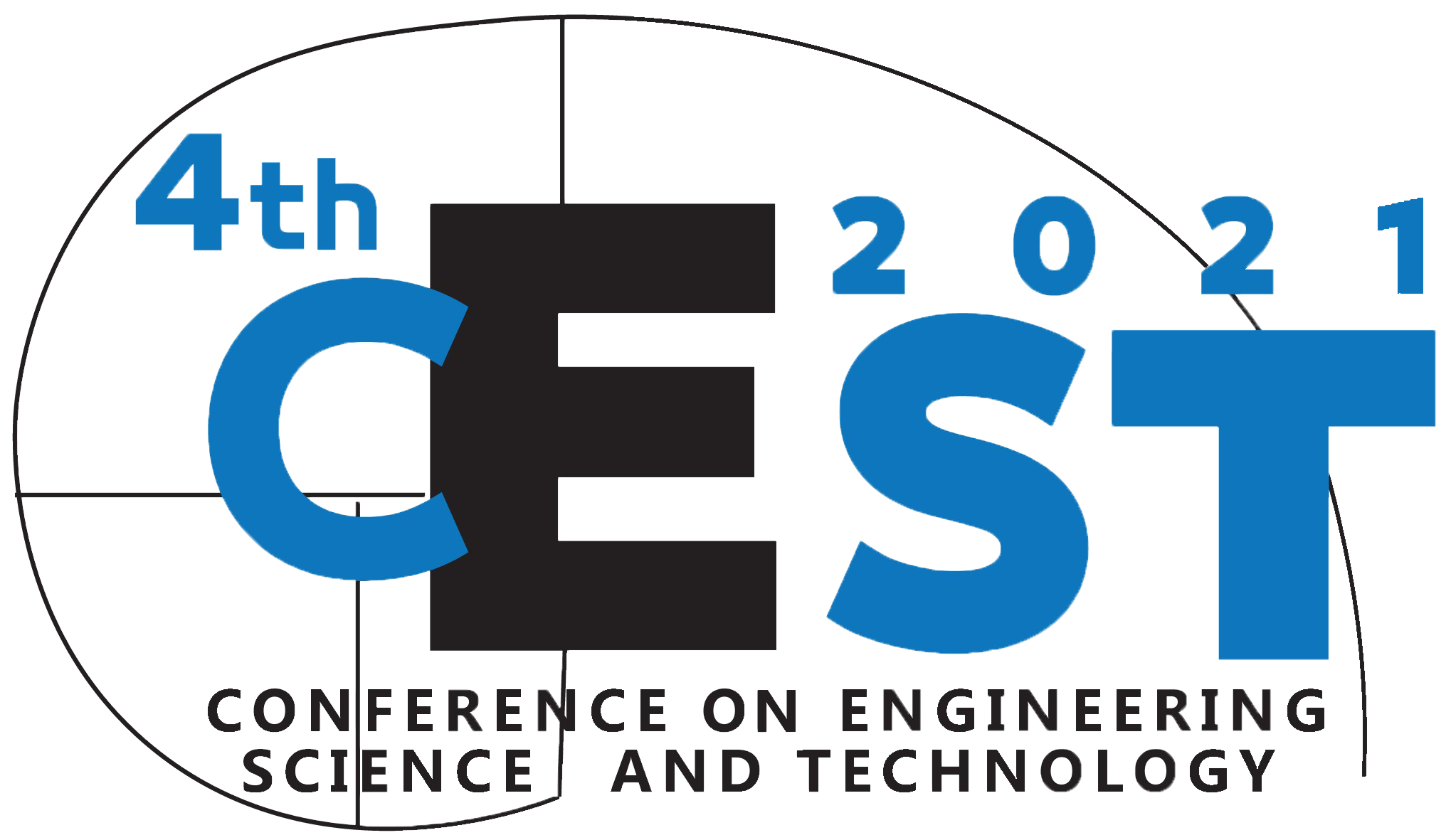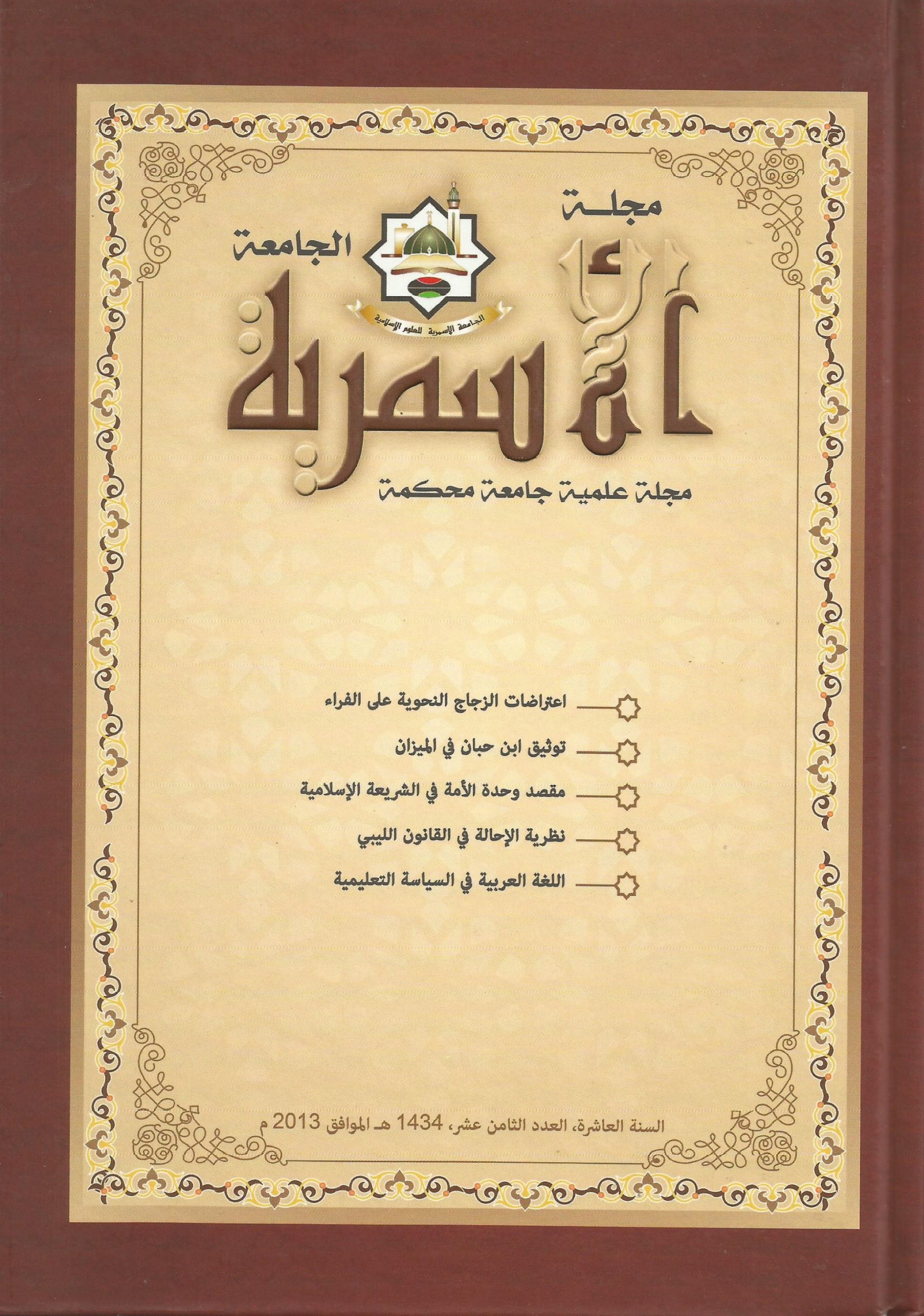Computational Analysis of Water/Cu Nano Fluid Dynamic Viscosity using Molecular Dynamic Simulations
Keywords:
Cu/water nanofluid, Dynamic viscosity, Risk performance Pipe, Nanofluids, Molecular DynamicsAbstract
To enhance thermal management for micro-electric devices, nanofluids become promising working fluids for many thermo-fluid applications. Thermal characteristics of the working fluids can be improved by nano particles additives dispersed in the working fluid such as Cu-nanoparticles in water. The nanoparticle additives manage to alter thermal and dynamic properties of the working fluids such as the dynamic viscosity which plays an important role in specifying thermal and dynamic behaviour of the working media. In order to understand the effect of modifying the dynamic viscosity of the working media, the effective value of this property must be determined. The molecular dynamic (MD) simulation has been used to estimate the Cu/water nanofluid dynamic viscosity at partial volume fractions of φ=0.0125 % and φ= 0.02478 %, and at working temperatures 293 K, 303 K, 313 K, 323 K and 333 K. The used spherical shape nanoparticles are made up of numbers of 0.3-nm-diameter Cu-atoms. The MD simulation results have been compared to reliable experimental and analytical results. The estimated values of the dynamic viscosity using MD simulations converge very well to the experimental and analytical values of the dynamic viscosity, which reveals the advantages of using MD simulations to determine physical properties of nanofluid working medias and hence to design more efficient working fluids. The RDF shows good results for the SPCE model
Downloads
References
Okonkwo, E.C., Abbasoglu, S. et al. Nanofluids in Solar Thermal Collectors: Review and Limitations. Int J Thermophys 41, 157 (2020). https://doi.org/10.1007/s10765-020-02737-1
Jin C, Wang K, Oppong-Gyebi A, Hu J. Application of Nanotechnology in Cancer Diagnosis and Therapy - A Mini-Review. Int J Med Sci. 2020;17(18):2964-2973, (2020), https://doi:10.7150/ijms.49801
Rabiei, F., Rahimi, A.R., Hadad, M.J. et al. Experimental evaluation of coolant-lubricant properties of nanofluids in ultrasonic assistant MQL grinding. Int J Adv Manuf Technol 93, 3935–3953 (2017). https://doi.org/10.1007/s00170-017-0774-3
Xian, H.W., Sidik, N.A.C. & Najafi, G. Recent state of nanofluid in automobile cooling systems. J Therm Anal Calorim 135, 981–1008 (2019). https://doi.org/10.1007/s10973-018-7477-3
Sheikhpour M, Arabi M, Kasaeian A, Rokn Rabei A, Taherian Z. Role of Nanofluids in Drug Delivery and Biomedical Technology: Methods and Applications. Nanotechnol Sci Appl. 2020;13:47-59, (2020), https://doi:10.2147/NSA.S260374
Naser Ali, Joao A. Teixeira, Abdulmajid Addali, "A Review on Nanofluids: Fabrication, Stability, and Thermophysical Properties", Journal of Nanomaterials, vol. 2018, Article ID 6978130, 33 pages, 2018. https://doi.org/10.1155/2018/6978130
Routbort, J. L., Singh, D., Timofeeva, E. V., Yu, W., & France, D. M. (2011). Pumping power of nanofluids in a flowing system. Journal of Nanoparticle Research, 13(3), 931–937. https://doi:10.1007/s11051-010-0197-7
Eastman, J., Choi, U., Li, S., Thompson, L., & Lee, S. (1996). Enhanced Thermal Conductivity through the Development of Nanofluids. MRS Proceedings, 457, 3. https://doi:10.1557/PROC-457-3
Talieh Sheikhalipour, Abbas Abbassi, Numerical analysis of nanofluid flow inside a trapezoidal microchannel using different approaches, Advanced Powder Technology, Volume 29, Issue 7, 2018, Pages 1749-1757, ISSN 0921-8831, https://doi.org/10.1016/j.apt.2018.04.010
Sunil Kumar, Alok Darshan Kothiyal, Mangal Singh Bisht, Anil Kumar, Numerical analysis of thermal hydraulic performance of Al2O3–H2O nanofluid flowing through a protrusion obstacles square mini channel, Case Studies in Thermal Engineering, Volume 9, 2017, Pages 108-121, ISSN 2214-157X, https://doi.org/10.1016/j.csite.2017.01.004
Abdusalam Alkhwaji, Salem Elbahloul, Mohd Zulkifly Abdullah, Khairil Fadzli Bin Abu Bakar,"Selected Water Thermal Properties from Molecular Dynamics for Engineering Purposes",Journal of Molecular Liquids (2021), https://doi.org/10.1016/j.molliq.2020.114703
LI Xinfang,ZHU Dongsheng,WANG Xianju,” Experimental Investigation on Viscosity of Cu-H2O Nanofluids”,
Choi S.U.S., Development and Applications of Non-Newtonian Flows, ASME, FED-Vol. 231/MD-Vol. 66, 99-103 (1995)
S. Lee, S.U.S.Choi, S. Li, J.A. Eastman, “Measuring thermal conductivity of fluids containing oxide nanoparticles”, Journal of Heat Transfer, Transactions ASME 121, 280–289, 1999.
Mahbubul, I. M., Saidur, R., & Amalina, M. A. (2012). Latest developments on the viscosity of nanofluids, International Journal of Heat and Mass Transfer, 55(4), 874–885. doi:10.1016/j.ijheatmasstrans
Nguyen, C. T., Desgranges, F., Roy, G., Galanis, N., Maré, T., Boucher, S., & Angue Mintsa, H. (2007). Temperature and particle-size dependent viscosity data for water-based nanofluids – Hysteresis phenomenon, International Journal of heat and fluid flow, 28(6), 1492–1506. https://doi:10.1016/j.ijheatfluidflow
Wu, X., Wu, H., & Cheng, P. (2009). Pressure drop and heat transfer of Al2O3-H2O nanofluids through silicon microchannels, Journal of micromechanics and microengineering, 19(10), 105020. https://doi:10.1088/0960-1317/19/10/105020
Awais, M., Ullah, N., Ahmad, J., Sikandar, F., Ehsan, M. M., Salehin, S., & Bhuiyan, A. A. (2021). Heat transfer and pressure drop performance of Nanofluid: A state-of- the-art review. International Journal of Thermofluids, 9, 100065, https://doi:10.1016/j.ijft.2021.100065
Drikakis, D., Frank, M., & Tabor, G. (2019). Multiscale Computational Fluid Dynamics. Energies, 12(17), 3272. https://doi:10.3390/en12173272
Cordier L., Elshrif A. Optimal control of turbulent channel flow using an LES reduced order model, Seventh International Symposium on Turbulence and Shear Flow Phenomena, Ottawa, Canada, 2001.
Hazm Omran, El shrif Ali , Turbulent channel flow simulation using LES dynamic model , IJEIT, vol(5) , 2018.
Alkhwaji A, Vick B, Diller T. Estimating burn depth from thermal measurements. Biomedical Sciences Instrumentation 2012; 48:12-9. PMID: 22846259.
Abdusalam Alkhwaji, Brian Vick, Tom Diller, “Modeling and Estimating Simulated Burn Depth Using the Perfusion and Thermal Resistance Probe,” Journal of Medical Device, Vol.7, September 2013, 031003, pp. 1-9, https://doi.org/10.1115/1.4024160
Moltemplate molecular dynamics simulator; [accessed 2021 November 17]. Available from: https://www.moltemplate.org, 2019.
Moltemplate Documentation, 17 Nov. 2021, [https://www.moltemplate.org/doc/moltemplate_manual.pdf ]
M.A. González, Force fields and molecular dynamics simulations, published by EDP Sciences, 2011, https://doi:10.1051/sfn/201112009
LAMMPS Documentation, 17 November 2021 version, [https://lammps.sandia.gov/doc/Manual.html]
Abdusalam Alkhwaji, Salem Elbahloul, Khairil Fadzli Bin Abu Bakar, Mohd Zulkifly Abdullah, The Comparison between water models in predicting water thermal and dynamic properties from Molecular Dynamics, International Journal of Scientific & Technology Research, Volume 9, Issue 08, August 2020
Abdusalam Alkhwaji, Salem Elbahloul, Mohamed S. Farhat, Lammps as Nano-scale lab to estimate fluid thermal properties from Molecular Dynamics, Third conference for engineering sciences and technology (CEST-2020), 01-03 December 2020 /Alkhoms – Libya.
EAM potentials Cu; [accessed 2021 November 17]. Available from: [https://sites.google.com/site/eampotentials/Cu]
W H Azmi et al, Correlations for thermal conductivity and viscosity of water based nanofluids, 2012 IOP Conf. Ser.: Mater. Sci. Eng. 36 012029
Wilk, J., Smusz, R., & Grosicki, S. (2017). Thermophysical properties of water-based Cu nanofluid used in special type of coil heat exchanger. Applied Thermal Engineering, 127.
Downloads
Published
Conference Proceedings Volume
Section
License
Copyright (c) 2021 عبدالسلام امحمد القهواجي، علي محمد الشريف، عبدالسلام مفتاح شرف، موحد زولكفلي عبدالله

This work is licensed under a Creative Commons Attribution 4.0 International License.





